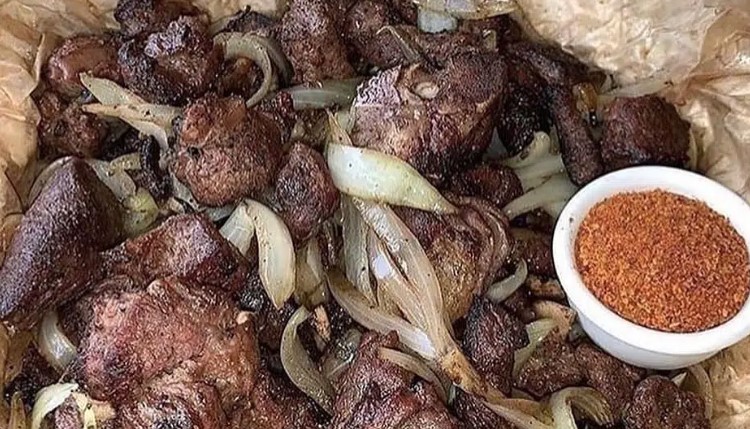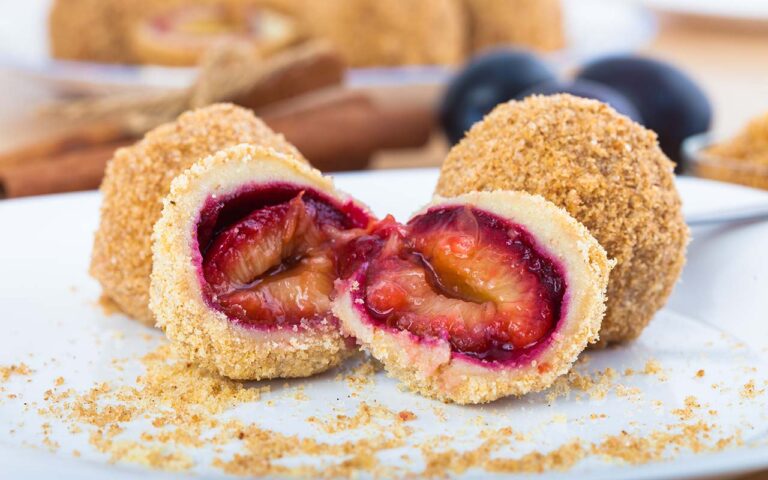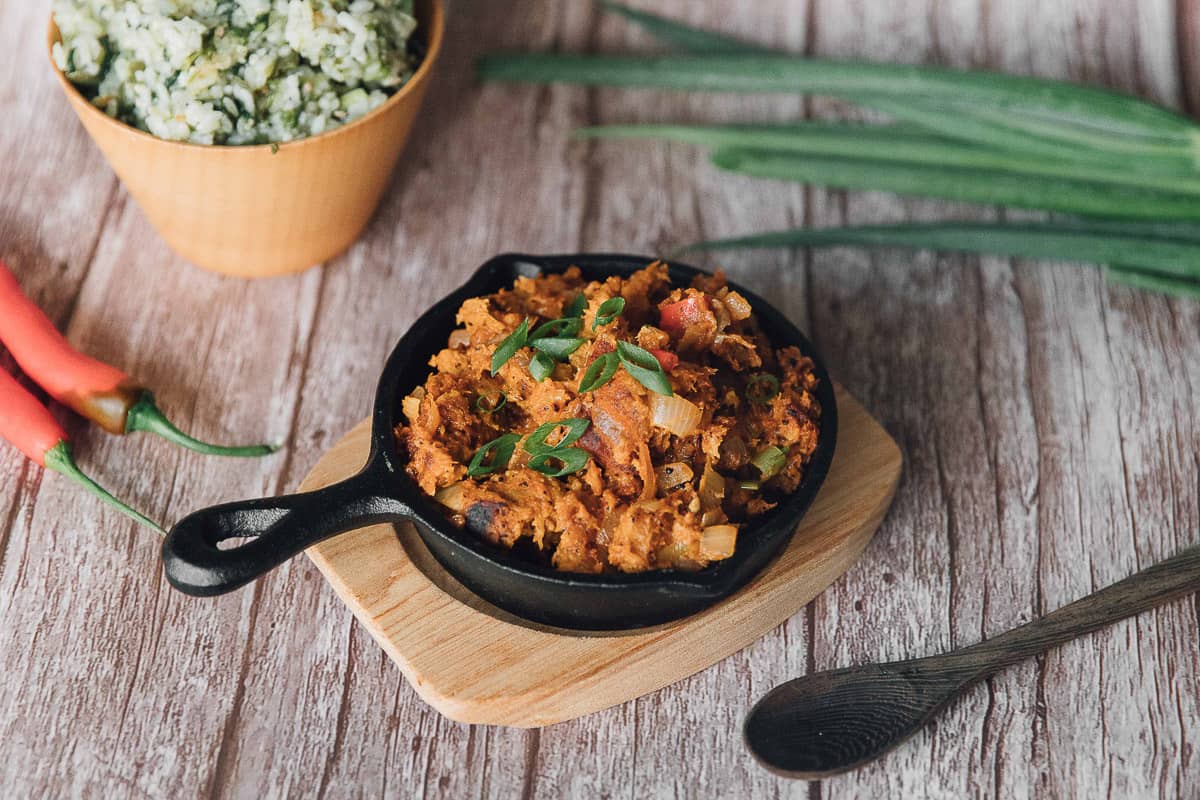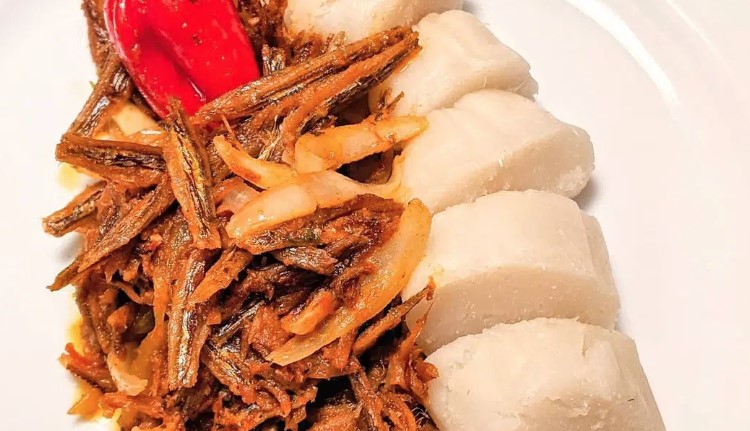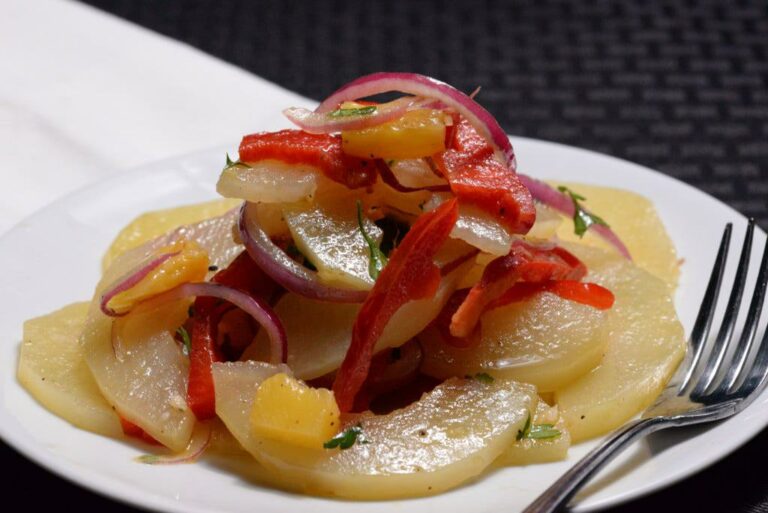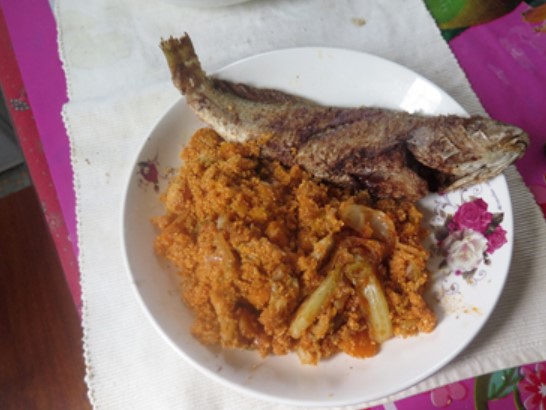Introduction: Overview of Congolese cuisine
Congolese cuisine is characterized by its diverse range of flavors, spices, and cooking methods. The cuisine reflects the country’s rich cultural heritage, with influences from Portuguese, Belgian, French, and African culinary traditions. The staple foods in Congo include cassava, plantains, fish, meat, and vegetables.
Congo’s street food scene is a vibrant and integral part of the country’s food culture. Street food vendors are found in every corner of the country, serving up a range of traditional dishes that are affordable, quick, and delicious. From roadside grills to bustling markets, Congolese street food vendors offer a glimpse into the country’s culinary heritage and are an essential part of local communities.
The culture of street food festivals in Congo
Street food festivals are an essential part of Congolese culture. These festivals provide an opportunity for local communities to come together and celebrate the country’s diverse food culture. Street food vendors from across the country gather at these festivals to showcase their culinary skills and offer people a taste of their unique dishes.
In Congo, street food festivals are not just about food; they are a celebration of the country’s rich cultural heritage. These festivals are often accompanied by live music, dance performances, and cultural exhibitions, making them a vibrant and exciting experience for visitors.
Popular street food dishes in Congo
Congo has a diverse range of street food dishes that are popular among locals and tourists alike. One of the most popular street food dishes is “poulet braisé,” which is grilled chicken marinated in spices and served with spicy sauce and plantains. “Brochettes” or grilled skewers of beef, goat, or chicken are also a favorite among locals.
Other popular street food dishes include “foufou,” a doughy and starchy side dish made from cassava flour, and “saka-saka,” a dish made from cassava leaves and often served with fish or meat. “Mayele,” a dish made from smoked fish and peanuts, and “soya,” grilled skewers of marinated beef, chicken, or fish, are also popular street food dishes in Congo.
Where to find Congolese street food festivals
Congolese street food festivals are held in different parts of the country, and finding one is not difficult. The best places to find street food festivals are in local markets, parks, and public squares. These festivals are often advertised in local newspapers, on social media, and on radio stations.
Kinshasa: The hub of Congolese street food festivals
Kinshasa, the capital city of Congo, is the hub of street food festivals in the country. The city is known for its vibrant street food scene, with vendors selling everything from grilled meat to fried plantains.
Kinshasa hosts several street food festivals throughout the year, including the Kinshasa Food Festival, which brings together street vendors from across the city to showcase their dishes. The festival also features live music, dance performances, and cultural exhibitions, making it a vibrant and exciting experience for visitors.
Other cities hosting street food festivals in Congo
Apart from Kinshasa, other cities in Congo also host street food festivals. Lubumbashi, the second-largest city in Congo, hosts the Lubumbashi Food Festival, which features a range of traditional dishes and cultural exhibitions.
Other cities that host street food festivals include Goma, Bukavu, and Kisangani. These festivals provide an opportunity for locals and tourists to experience the diverse range of dishes and culinary traditions in Congo.
Dates and details of upcoming Congolese street food festivals
There are several upcoming street food festivals in Congo. The Kinshasa Food Festival is scheduled for December 2021, while the Lubumbashi Food Festival will be held in October 2021.
Other upcoming street food festivals include the Goma Food Festival in August and the Kisangani Food Festival in September. These festivals are an excellent opportunity for visitors to experience the vibrant culinary culture of Congo.
Conclusion: Celebrating Congolese street food through festivals
Congolese street food festivals are an essential part of the country’s food culture. These festivals provide an opportunity for locals and tourists to experience the diverse range of dishes and culinary traditions in Congo. From grilled meat to cassava dishes, Congolese street food is a celebration of the country’s rich cultural heritage.
Whether you are in Kinshasa or Bukavu, there is always a street food festival taking place, offering people a chance to taste the unique flavors of Congo. These festivals are more than just food; they are a celebration of the country’s vibrant culture, music, and traditions. Congolese street food festivals are a must-visit for anyone who wants to experience the true essence of the country’s culinary heritage.



